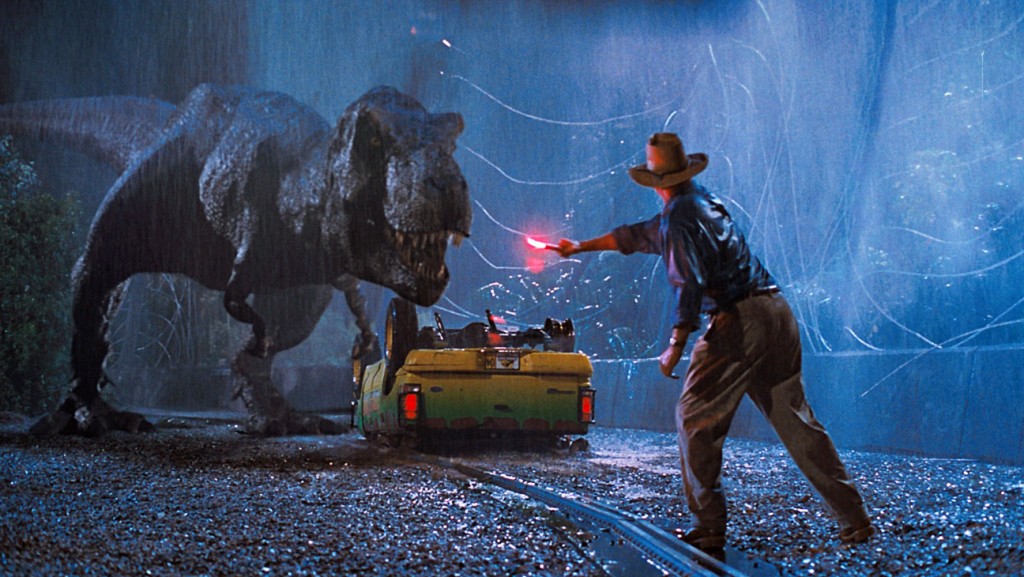Scientific facts and their accuracy or the inaccuracy has always been subjective and a matter of debate for decades now. As the technological leaps are made every moment, science sheriffs take the matter in their hands, for what is right and what is not. While sometimes the portrayal of “science” in movies is beyond our understanding and logic, for most of the times they are a bit exaggerated.
Whereas consultations from the scientific community before screenwriting have been omnipresent, there are a few filmmakers who may not concede with the idea. Mind you that I haven’t considered superhero stuff, animated, fantasy or horror flicks anywhere in this list as they don’t primarily obey the laws of science or logic per se. Also, almost every other movie has one or the other controversy surrounding the misrepresentation of science facts, with the exception of a select few. Though I am not some kind of a self-proclaimed science expert, yet, from a lay man’s perspective, this stuff seems non-starter to me. Here’s my take on the most scientifically inaccurate movies ever — in their increasingly baffling order of inaccuracy. Warning: Major Spoilers Ahead!
14. Lucy (2014)

Where things went wrong? – Usage of the human brain, powerful yet non-existent drugs, ability to acquire superpowers by exploiting a higher brain capacity. The only thing I probably liked about Lucy was Scarlett Johannson. And maybe a few action sequences. The movie has (scientific) inaccuracies ranging from improper editing to the plot itself. The basic idea behind the movie is the arguable fact that humans use mostly 10% of their brains. As far as science has known itself, this fact-cum-myth has been invalidated many-a-times by renowned scholars and neuroscientists. Moreover, the idea that one gets superpowers on the usage of a powerful synthetic drug, by being able to utilise a higher percentage of their brains is outrageous.
13. San Andreas (2015)

Where things went wrong? Exaggeration of the destruction caused by natural disasters. Probably one of the many movies with a series of catastrophic events that cause devastation of two big cities, ‘San Andreas’ revolves around what they call as the “San Andreas Fault”. A fault-line that has been recently detected and could level both the cities with a massive earthquake with a mere scale of 7 is inaccuracy number one. A devastation of the scale that has been shown in the movie and the tsunami cannot be caused by an earthquake. Moreover, tsunamis are caused by the fault-lines under the oceans, which isn’t clearly stated anywhere in the movie.
12. World War Z (2013)
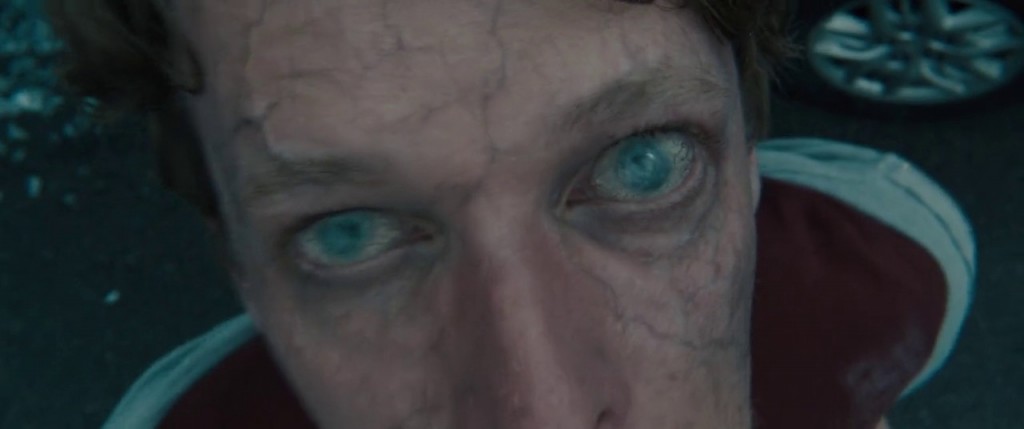
Where things went wrong? Incorrect depictions of human physiology. Let’s face it, it takes more than 12 seconds for a blood circulation to complete in the human body, probably a minute or so if not less. Also, Zombie’s virus isn’t a psychedelic drug to show its effects within a matter of 12 seconds and turn the person. Gerry’s (and others’) acquired abilities to be under a camouflage by injecting himself with deadly yet curable pathogens, which would make the zombies smell him apart from healthy humans is completely out of whack. The concept of a zombie itself has been riddled with mysteries and scientific dismissals. Probably a World War between zombies and humans would take far longer and be lesser catastrophic than what’s shown in the movie.
11. Signs (2002)

Where things went wrong? Water is “deadly” for aliens. Well, that was news for me. Another venture by M. Night Shyamalan, ‘Signs’ shows something which seems stupid to fathom for the humans. What is the probability of an alien (or his/her mothership) which tries invading the planet Earth and doesn’t encounter any water, until, they confront Graham Hess and his family in Pennsylvania? Zero. And the chances of the sheer brilliance for being able to kill the aliens using water, only by this very family, would probably be lesser than zero. Alternatively, the usage of some other liquid could have gotten the plot even thicker.
10. Indiana Jones and the Kingdom of the Crystal Skull (2008)

Where things went wrong? Understated damage caused by a nuclear bomb. Who is a human and might have survived a nuclear blast first-hand? From a nuclear bomb? By getting inside a fridge? Yep, a fridge. The answer would be Indiana Jones. This is the daily-life equivalent of getting underneath an umbrella to save oneself from raining lava. Lead (as in the lead-lined refrigerator) might be radiation proof to an extent but isn’t blast proof to start with. By that logic, we won’t ever be fearing a nuclear attack, would we, given we have enough number of refrigerators in our homes.
9. After Earth (2013)
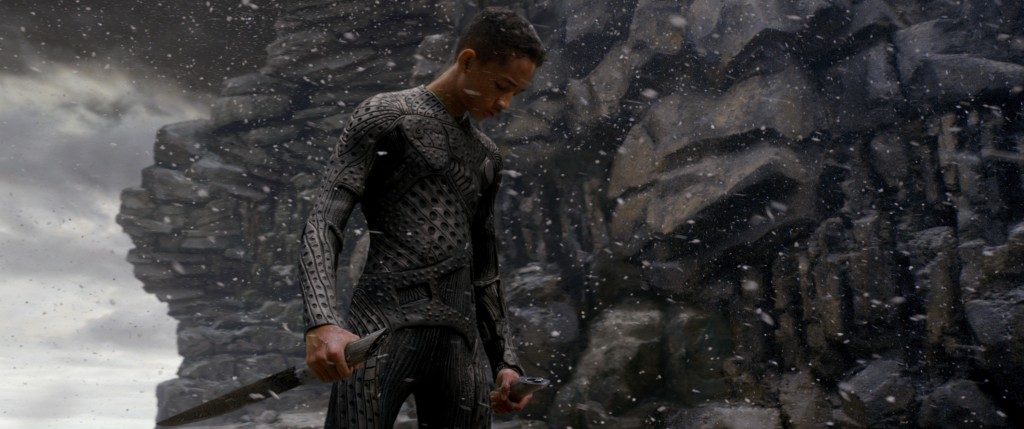
Where things went wrong? Contradictory, biased “behaviour” of earth’s atmosphere. Perhaps the least rated Will Smith movie on IMDB, the premise of the movie is of a futuristic earth after a millennium when a father-son duo crash-land long after humans were forced to escape. It seems rather uncanny to state that the same very earth which had been hostile to humans for being not able to breathe becomes welcoming and nurturing to the inhabiting wildlife and flora. Not very different from ‘Signs’ I’d say.
8. Independence Day (1996)
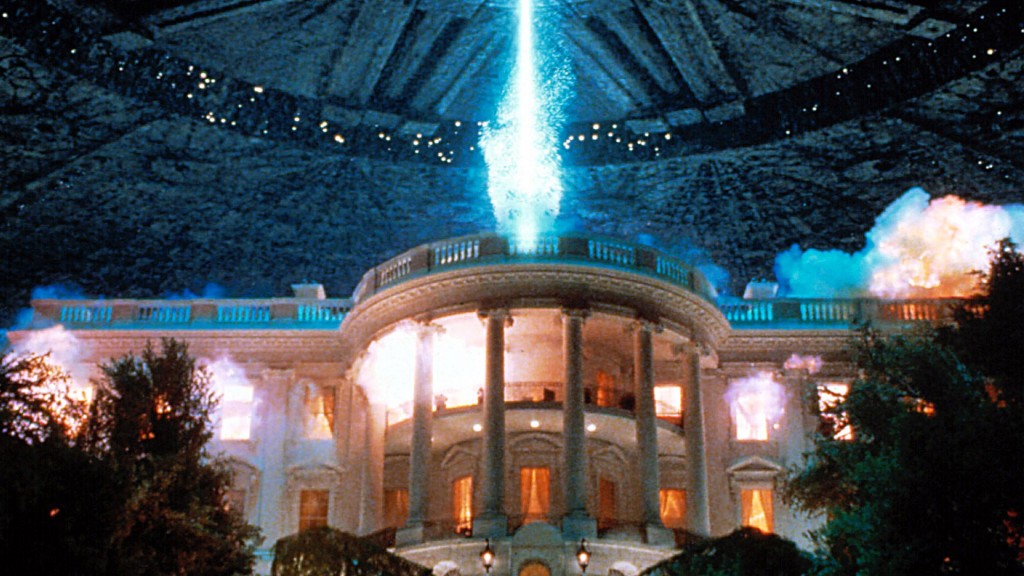
Where things went wrong? Misrepresentation of relatively unknown alien facts and their technological know-how. A movie with great speeches, superb performances and a handful of decent special effects, ‘Independence Day’ won all our hearts back in the day, two decades ago. Little had we known that David Levinson could figure out their technology and invent a virus to inject into their mothership, by flying around in alien spaceships – all without any prior training. Was he the culprit?
7. Jurassic Park (1993)
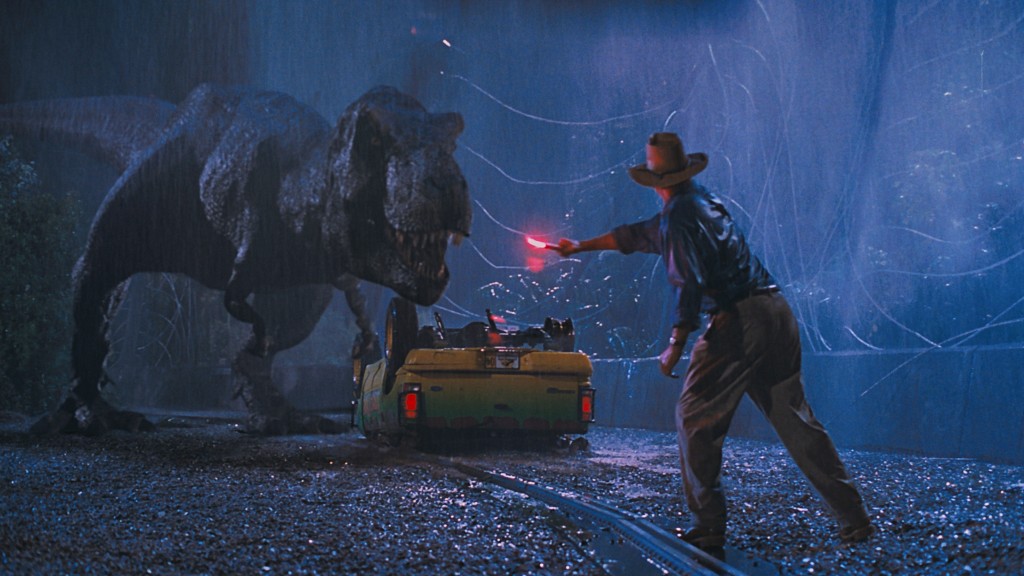
Where things went wrong? Incorrect (though debatable) portrayal of fossils or fossil-era reptiles. Even though John Hammond “Spared no expense”, ‘Jurassic Park’ was probably one of the early movies with grave scientific miscalculations. The first instalment and the ensuing movies were piling up on each other, one factual error at a time. To start with, amber-coated mosquitoes containing dinosaur blood is a bit too far-fetched to be real. Liquid blood seldom exists in fossilised creatures, let alone mosquitoes who suck on others’ 65 million years ago. Also, mixing dino-DNA with that of Frog would create a new species altogether or more likely nothing at all, rather than dinosaurs in their original forms themselves. Throw in some exaggerated resurrected flora as well, belonging to the Jurassic era and ‘Jurassic Park’ would be liked by many due to the breath of fresh air it has to offer, save a bunch of scientific goofs.
6. The Day After Tomorrow (2004)
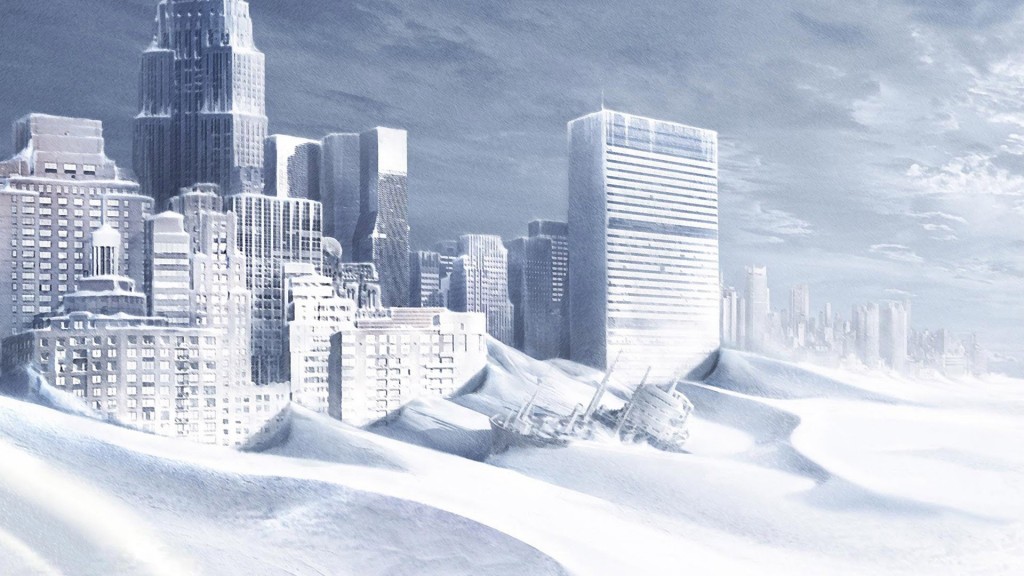
Where things went wrong? Sea levels drastically rise and temperatures fall within very short time-span, without sea-level falling again as the ice age commences, ice age occurs within a very short span of time. The drastic temperature changes that have been depicted in the movie within a matter of minutes and hours is astonishingly unbelievable. Also, a one-degree fall in temperature per second (which is impossible though, come what may) won’t even take a minute to reach absolute zero temperatures which are only theoretical until now. The Day After Tomorrow stands tall at its CGI and performances but fails miserably at the premise.
5. Total Recall (1990)
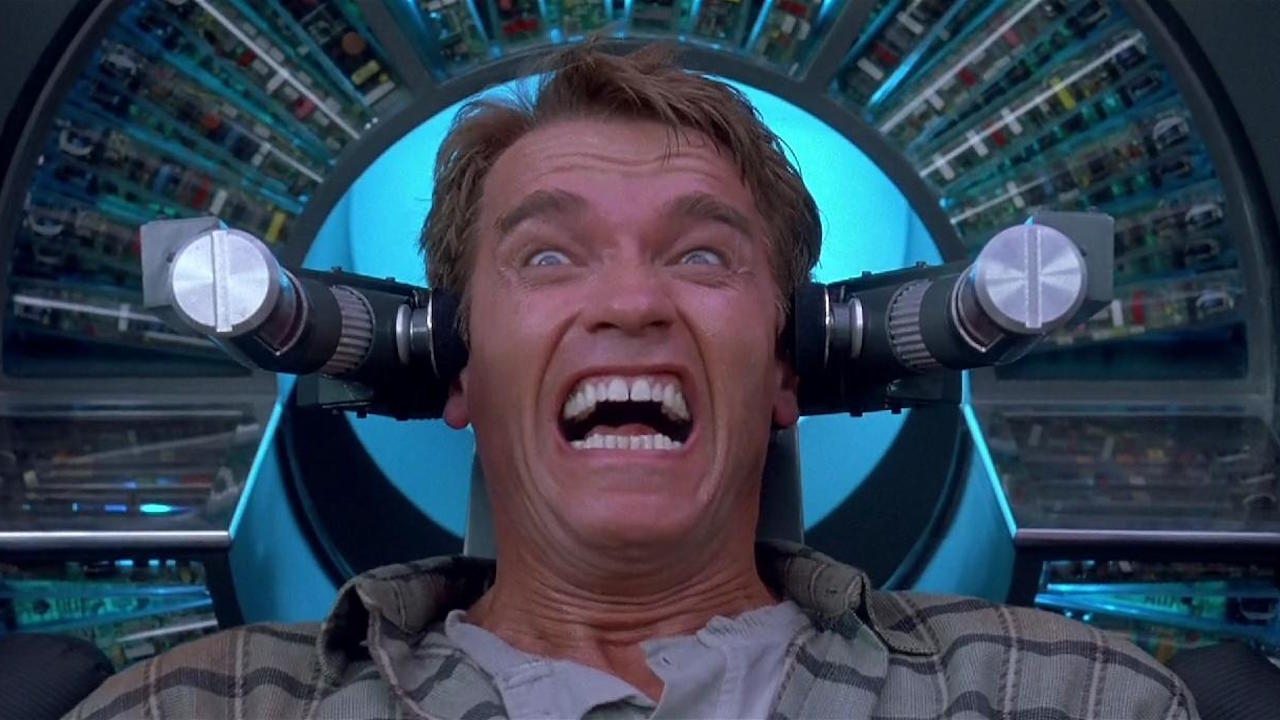
Where things went wrong? Memory implantation and deletion, walking on Mars like walking on Earth. Though we cannot expect much scientific accuracy from a movie made in early 90’s with a science-fiction genre, ‘Total Recall’ kills all your expectations, one at a time. While it is not possible to transfer or erase memories without killing a person even today and even the idea of it is astonishing, walking on Mars as if it isn’t anything different from Earth is outright harrowing to see.
4. 2012 (2009)

Where things went wrong? Solar flares causing tsunamis and earthquakes, shifting of earth’s crust, planes flying with ease amidst volcanic ash. While most of the movie is a pseudo-scientific affair, what is aggravating, even more, is the fact that none of it is supported by mainstream scientists even today. Solar flares can cause some problems with the electronic devices, but they may not affect the happenstances such as earthquakes and tsunamis. Moreover, the external core of earth may not get as much heat as does the inner ones, hence dismissing the fact of tearing up of earth’s surface. Regardless, ‘2012’ had one of the best CGI and action sequences of that year.
3. The Core (2003)
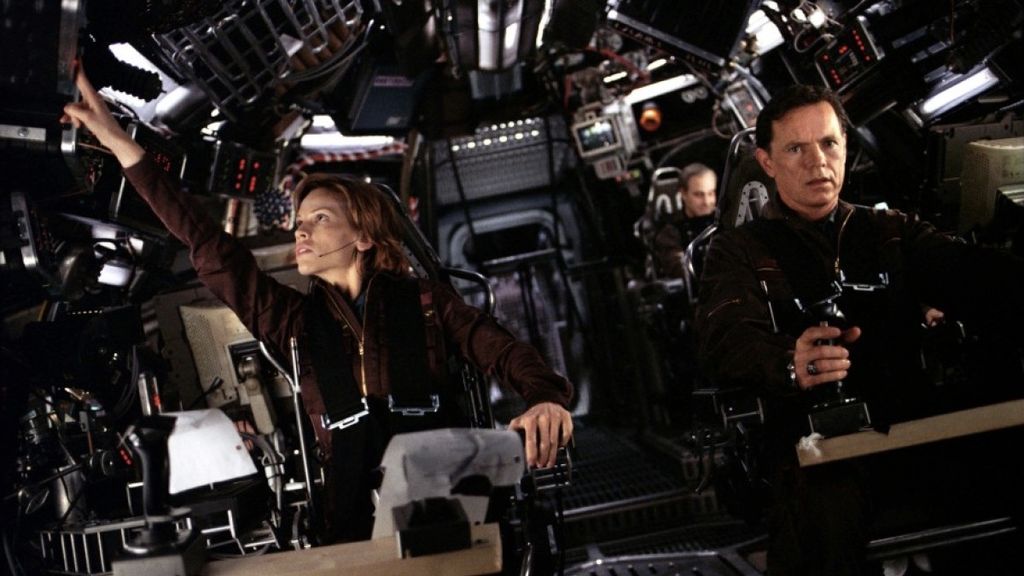
Where things went wrong? Inaccuracies in earth’s external core rotation, basic physics of energy conservation, microwaves causing “severe” damage (ha ha), and a tonne more. Perhaps the only movie that’s concerning with the earth’s core and its magnetic field and their combined effects on earth’s life etc., ‘The Core’ surely showed some prospects in the beginning of the movie. As it progresses, the scientific facts and logic die a peaceful death and everything becomes an inferior rendering of a poorly executed script, both scientifically and performances wise. The premise of the movie, which means to restart the external core with a 1000 megaton nuclear bomb and which states the possibility of a high-endurance ship that can be driven thousands of miles inside to the earth’s core is baffling at the best. Let’s say even if that could be a futuristic plausibility, the more they dig deeper into the earth’s crust, the more exaggerated it gets. The possibility to kick-start the rotation of the core by detonating it with a nuclear bomb is unnatural and outright a bad idea. Try comparing it with creating substantial waves in a lake with a small rock.
2. Armageddon (1998)

Where things went wrong? Banking of spaceships, fire without oxygen and 166 other things to start with. A movie that needs no intro and is supposedly used by the likes of NASA to telltale on what cannot happen in space, ‘Armageddon’ has been a laughing stock of scientifically inaccurate movies albeit with a decent cast. With an asteroid of almost zero gravity, it is difficult to assume that the debris is leaving the asteroid from the other side. The sight of burning fires after the aircraft crash lands is purely ridiculous as there isn’t any oxygen out there. Adding to the bandwagon, an asteroid of the size of Texas, if so it happens to hit planet earth, everything would be vapourised within minutes. Also, how could one possibly miss such a giant rock on its way to earth? There are a lot many similar miscalculations but I’d rather stop right here and let you watch and decide for yourself.
1. Weird Science (1985)
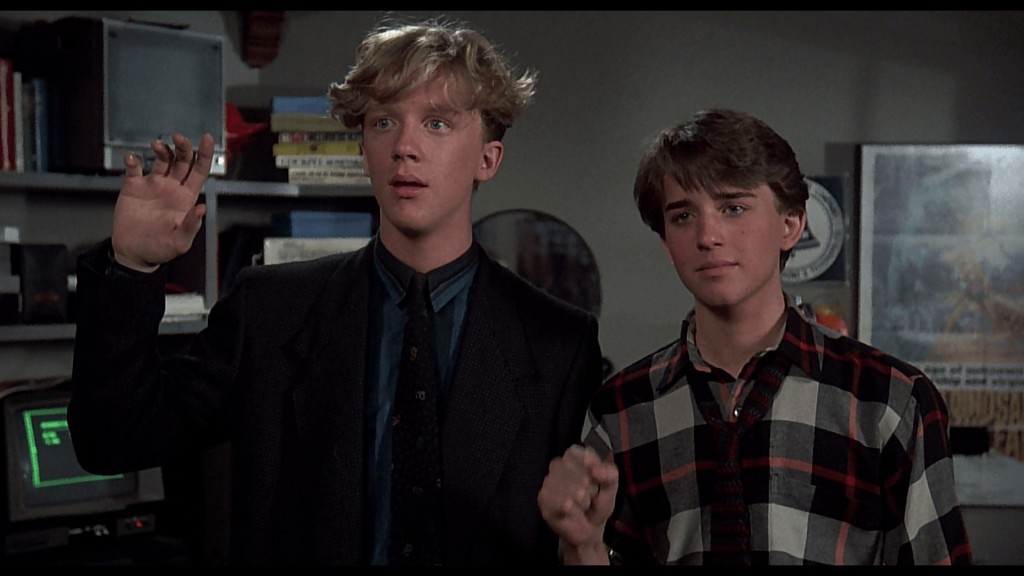
Where things went wrong? Everywhere. A film that is the epitome of mockery and ridicule with the word “science” in its name, ‘Weird Science’ stands rightfully up to its reputation. Seriously? You use a couple of electrodes and a doll to create a human being? A bot who can conjure up things, alter memories and has infinite powers on what one can do. Like in a weird perverse way, ‘Weird Science’ has to have the gravest scientific inaccuracies of all time. Easily, the most scientifically inaccurate movie ever made.

